News
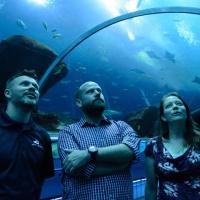
How natural can the seawater in a large inland aquarium be? New study at Georgia Aquarium gives scientists a good sign
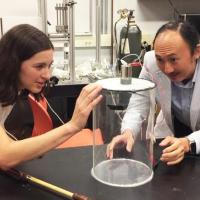
A new study shows how animals use their tails to keep mosquitoes at bay by combining a swish that blows away most of the biting bugs and a swat that kills the ones that get through.

Optical tweezers are one of two inventions that won the 2018 Nobel Prize in Physics.
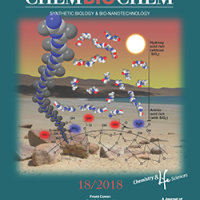
Work from the Center for Chemical Evolution suggests a mechanism by which organic compounds and silica, found in sand, could have produced long peptides in prebiotic Earth.
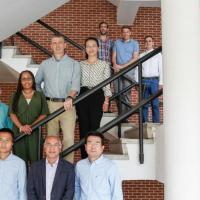
Data science researchers at Georgia Tech are partnering with minority-serving Atlanta colleges to train a diverse workforce for the data-driven future.
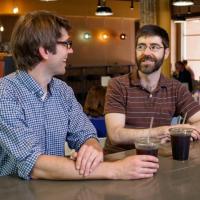
When Will Ratcliff and Peter Yunker first met for coffee they had no idea they would eventually collaborate on research that would be published in Nature Communications and Nature Physics.
Jenny McGuire, an assistant professor in the School of Earth and Atmospheric Sciences and the School of Biological Sciences, has a tough commute to her summer research site: an 80-foot drop into a deep, dark Wyoming cave. McGuire studies fossils…
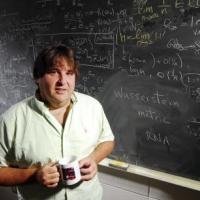
Using a mathematical model, Georgia Tech biomathematician Howard “Howie” Weiss and Stockholm University microbiologist Klas Udekwu open a potential path to slowing microbial resistance to current antibiotics.
Using a mathematical…
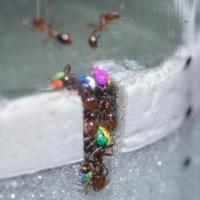
For ants and robots operating in confined spaces like tunnels, having more workers does not necessarily mean getting more work done. Just as too many cooks in a kitchen get in each other’s way, having too many robots in tunnels creates clogs that…

Brian Hammer and Joel Kostka, in the School of Biological Sciences, are among the most distinguished lecturers and researchers the American Society of Microbiology selected in 2018 to speak at various ASM branch meetings throughout the U.S.
A previously overlooked predator— a thumbnail-sized snail—could be increasing the pressure on coral reefs already weakened by the effects of overfishing, rising ocean temperatures, pollution and other threats.
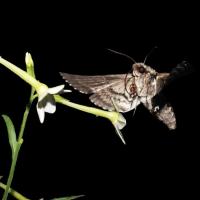
The Esther A. & Joseph Klingenstein Fund and the Simons Foundation have awarded Simon Sponberg a Klingenstein-Simons Fellowship Award in Neurosciences for a period of three years. The award will support Sponberg’s research,…
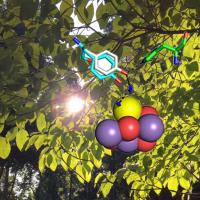
Oxygen photosynthesis has to be the greatest giver of life on Earth, and researchers have cracked yet another part of its complex but efficient chemistry. The more we know about it, the better we may be able to tweak photosynthesis, if it comes…

What does flying in a commercial airliner have in common with working at the office or relaxing at home? According to a new study, the answer is the microbiome – the community of bacteria found in homes, offices and aircraft cabins.

Despite the wealth of information about how bacteria communicate, little is known about how quorum sensing proceeds during an infection. Georgia Tech researchers describe for the first time how close bacteria need to be to “talk” in an…
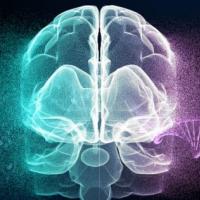
The National Science Foundation and Simons Foundation have launched a multimillion-dollar national project to advance mathematics and biology. The project comprises three centers, including one based in the Georgia Institute of Technology.…

Most of what we know today about deadly bacteria such as Pseudomonas aeruginosa was obtained from studies done in laboratory settings. Research reported May 14 in the journal Proceedings of the National Academy of Sciences shows…
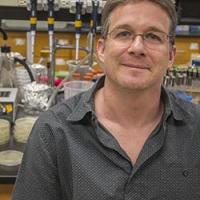
Researchers experimenting with live zebrafish witnessed a 200% increase in the strength of intestinal contractions soon after the organisms were exposed to the cholera-causing bacterium Vibrio cholerae. The strong contractions led to…
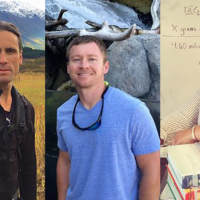
Frank Stewart and Darren Parris are being recognized for their collaborative Summer Workshop in Marine Science (SWiMS) program. The award recognizes genuine and substantial partnerships between Georgia Tech faculty and students and the K-12…

An evolutionary biologist, William Ratcliff studies how organisms change over time. In particular, he wants to understand how multicellular organisms can evolve from single cells. This question remains one of the fundamental problems in biology…
